Animals have been an important component of war for thousands of years, either to supplement manpower with the movement of supplies and equipment or in actual combat. Before mechanized warfare, animals like horses and mules were critical for an army to survive and fight.
An unfortunate consequence of the usefulness of animals in human wars is their high casualty rates, a statistic that should never be overlooked.
Other animals have seen frequent use too; dogs, horses, and birds usually come to mind, but over the course of human history some rather unexpected animals have been used.
Slugs
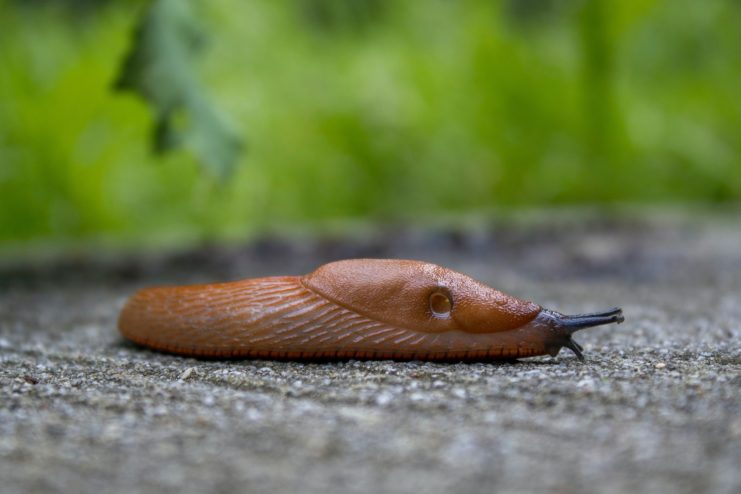
It’s quite hard to believe that the humble and often despised garden slug has any place during a time of war, but they were used during WWI to save lives.
Their ability at detecting particles in the air was capitalized upon to serve as an early warning system for gas attacks. The troops were unable to immediately notice an incoming attack, nor would they know if they were entering an area contaminated by gas.
Dr. Paul Bartsch, a curator for the Division of Mollusks at the then-called U.S. National Museum discovered that slugs are able to detect one particle per 10 to 12 million, which is three times more sensitive than humans. Bartsch realized that when exposed to the toxic gasses the slugs would close their breathing aperture to protect themselves.
This reaction indicated gas; a signal for soldiers to put their gas masks on.
Glowworms
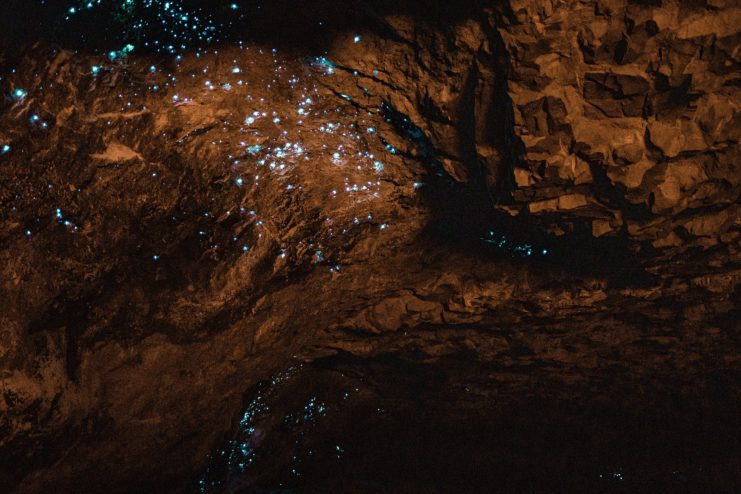
Unlike slugs, the practical use of glowworms is rather obvious. Unsurprisingly, they were used as bio-lights by Allied troops in the poorly lit trenches of WWI.
The glow-worm (in this case the Lampyris noctiluca, the European glow-worm) has a remarkable ability to produce light, with an efficiency even the best man-made light sources still can’t match. These little natural lanterns were extremely useful in the trenches of WWI.
Soldiers would gather up a handful of glowworms and place them in a jar, which provided a small but useful amount of illumination for the task at hand.
If you need more light? Just collect some more!
Like slugs, the deaths of these animals during the Great War have largely been overshadowed.
Sea lions
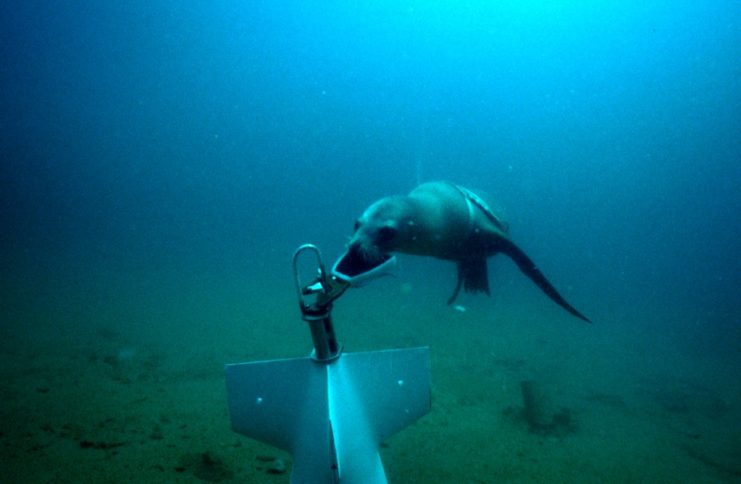
Sea lions are powerful, vicious, and fast creatures (able to move at up to 35 mph), but their military use is not to kill. They are instead used as underwater guard dogs.
The US has trained sea lions to search for objects underwater and monitor activities in off-limits areas. Their intelligence means they can be well trained and their inherent abilities under the surface are unmatched by anything man-made.
They are fast, incredibly nimble, and have great eyesight, which makes them ideal for underwater patrolling and helping the military retrieve equipment lost to the sea. With these skills, they were used by the US to hunt for mines in the Persian Gulf during both Gulf Wars and during the 2003 invasion of Iraq.
Dolphins are also used alongside the sea lions.
Attempts have been made to replace these talented animals with man-made machines, but so far nothing has been anywhere near as effective.
Bats
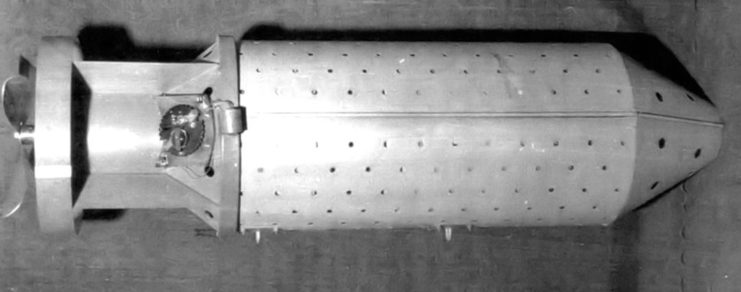
Using bats as a weapon of war is one of the most famous animal-related military proposals. After the Japanese attack on Pearl Harbor on December 7, 1941, Lytle S. Adams, an American dentist, set about using bats to wreak havoc on Japanese cities and towns.
He sent his proposal to the White House in early 1942.
The idea was not exactly very considerate for the bats, but, as Adams promised, would guarantee widespread destruction.
Small incendiary devices would be strapped to bats, which would then be dropped out of an aircraft over Japanese cities. At the time these cities were mostly constructed of wood. One of the most difficult problems facing the researchers was storing and transporting thousands of bats armed with explosives.
The bats were cooled in ice cube trays so that they would hibernate and then placed into containers that would be dropped out of an aircraft at dawn. The containers, slowed by a parachute, would open and release the bats onto the confused Japanese below.
The incendiary devices were set to ignite on a timer, giving the bats enough time to get into the nooks and crannies of the city.
Naturally, controlling fire-wielding bats was hard work, and some accidentally burned a hanger and a general’s car.
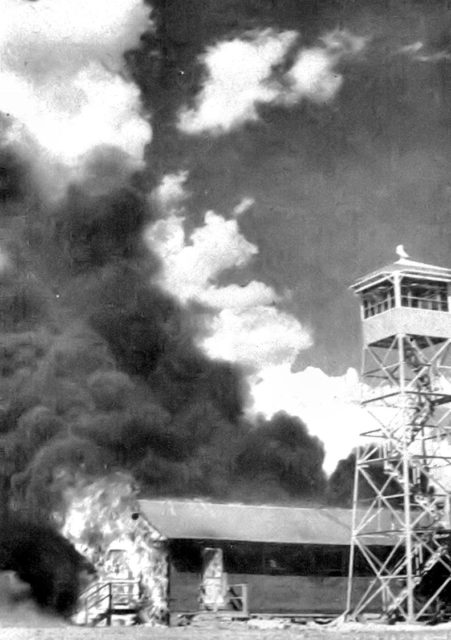
After a series of tests, the project was scrapped and the resources were diverted into the production of the atomic bomb.